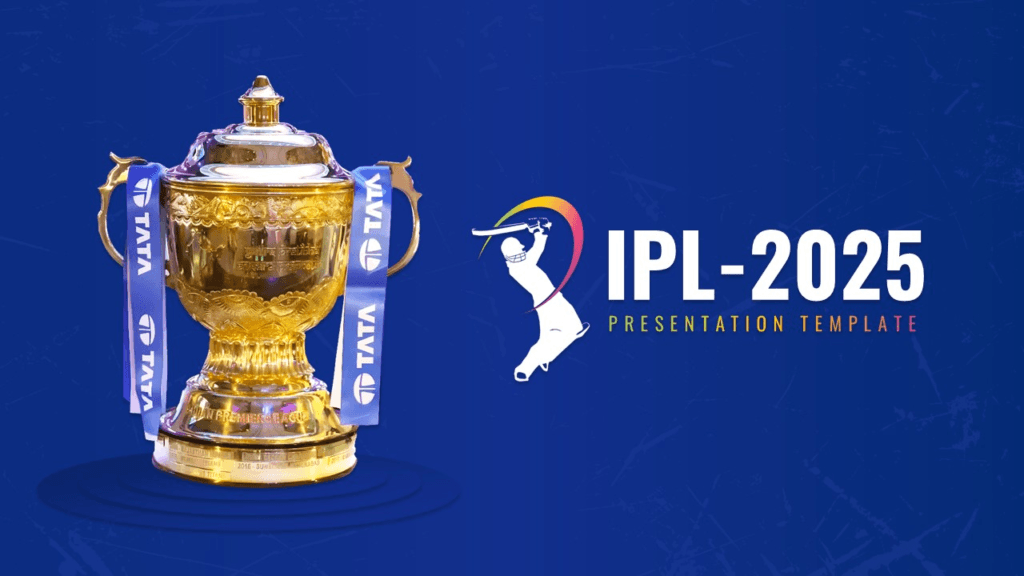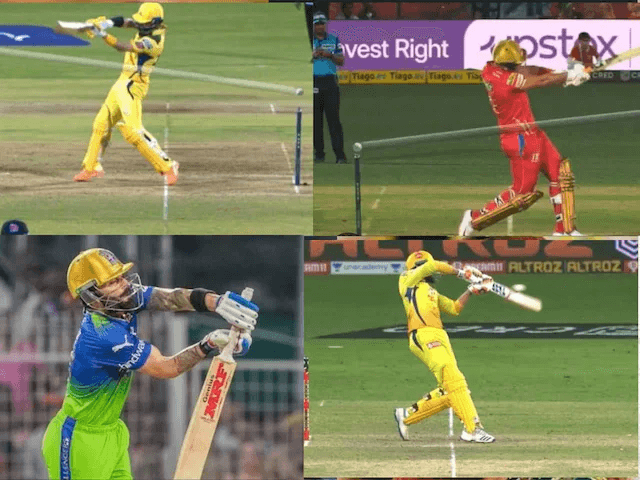
मुंबई,एनएसआई मीडिया। भारतीय क्रिकेट कंट्रोल बोर्ड पुरजोर कोशिश कर रहा है कि इंडियन प्रीमियर लीग में आउट-नॉट आउट या अन्य फैसलों में गलती की कोई गुंजाइश ना रहे। इसके लिए अब बीसीसीआई ने शॉर्ट गेंदों पर नो-बॉल या वाइड का फैसला लेने के लिए नया तरीका निकाला है। अभी IPL में नियम है कि कोई गेंदबाज एक ओवर में 2 बाउंसर गेंद फेक सकता है। लेकिन एक ही ओवर में तीसरी शॉर्ट गेंद को नो-बॉल करार दिया जाता है।
आपको बतादे कि IPL 2024 में खिलाड़ी की कमर की ऊंचाई को मापकर नो-गेंद का पता लगाने के लिए नई तकनीक इजात की थी। अब बोर्ड ने उसी दिशा में एक कदम आगे बढ़ा दिया है।
टाइम्स ऑफ इंडिया के हवाले से एक सूत्र ने बताया, “जब बल्लेबाज क्रीज के अंदर खड़ा होगा, तब उसकी कमर की ऊंचाई, कंधों की ऊंचाई और सिर की ऊंचाई का माप लिया जाएगा।
इस डाटा को उस सिस्टम में अपलोड किया जाएगा, जिसे हॉक-आई ऑपरेटर इस्तेमाल करते हैं. यह ऑपरेटर थर्ड अंपायर के साथ बैठता है. इससे कमर तक की ऊंचाई वाली फुलटॉस गेंद, बाउंसर, नो बॉल और वाइड बॉल का पता चलता है. खिलाड़ियों से लिया गया डाटा, उन्हीं के मुताबिक बल्लेबाजी के समय फुलटॉस गेंदों और अन्य फैसलों में मददगार होगा.”
New rule came in IPL 2025, now there will be no dispute on wide and no ball !

Mumbai, NSI Media. The Board of Control for Cricket in India is trying hard that there should be no scope for error in out-not out or other decisions in the Indian Premier League. For this, now the BCCI has come up with a new way to decide no-ball or wide on short balls. Currently, the rule in IPL is that a bowler can bowl 2 bouncer balls in an over. But the third short ball in the same over is termed as a no-ball.
Let us tell you that in IPL 2024, a new technology was invented to detect no-ball by measuring the height of the player’s waist. Now the board has taken a step forward in the same direction.
Times of India quoted a source as saying, “When the batsman is standing inside the crease, his waist height, shoulder height and head height will be measured.
This data will be uploaded to the system used by the Hawk-Eye operator, who sits with the third umpire. This will help in identifying waist-high full-tosses, bouncers, no-balls and wide balls. The data collected from the players will be helpful in judging full-tosses and other decisions while batting.”

